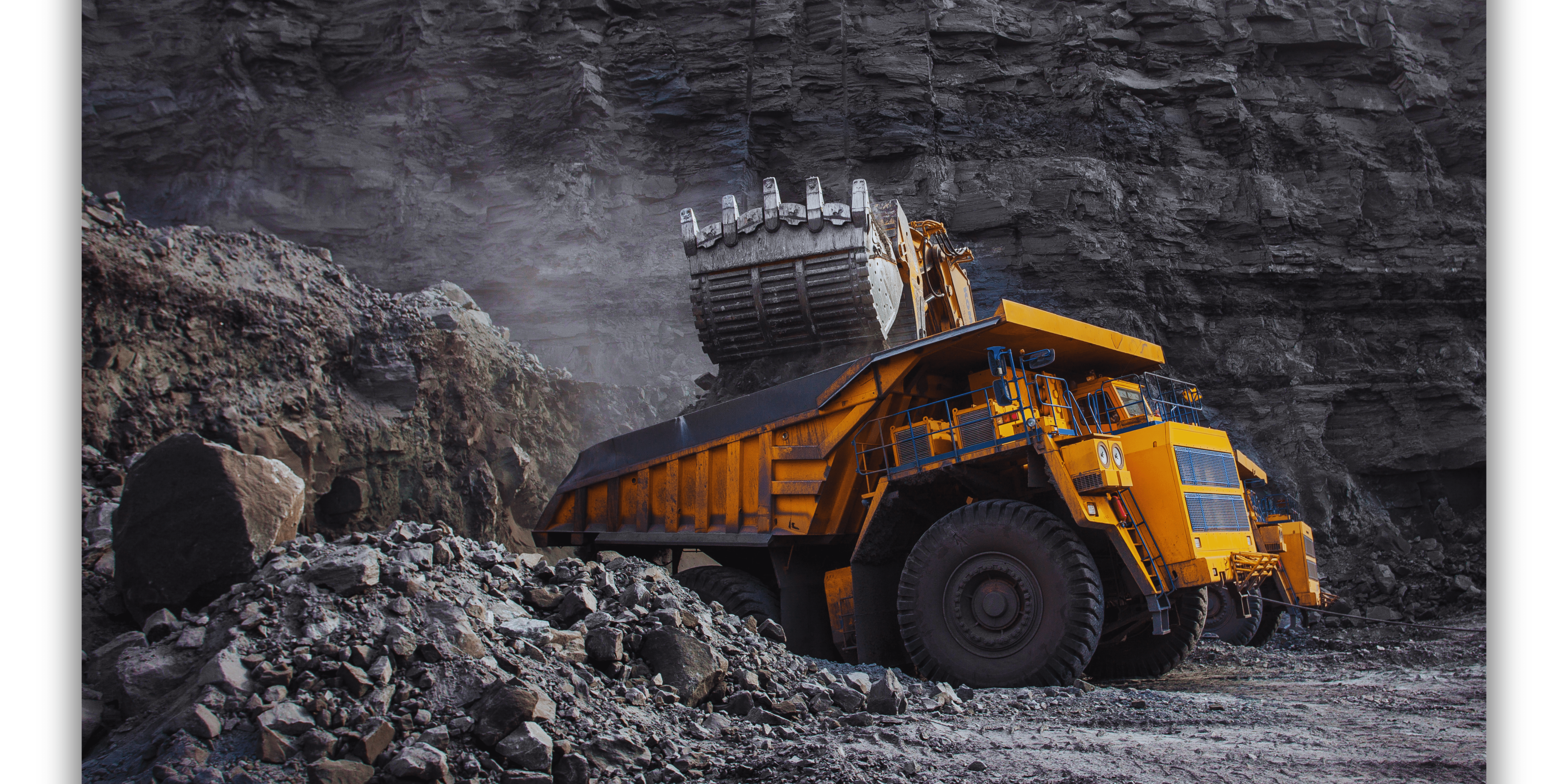Mining is the process of extracting valuable minerals or other geological materials from the Earth. This activity is essential for obtaining raw materials used in manufacturing, construction, energy production, and various industrial applications.

Here are key points about mining:
Types of Mining:
Surface:
- Open-pit Mining: Large pits or holes are dug to extract minerals close to the surface.
- Quarrying: Extracting rock and minerals from open quarries.
Underground:
- Shaft Mining: Vertical tunnels are dug to access minerals deep underground.
- Tunneling or Adit Mining: Horizontal tunnels are constructed to reach ore deposits.
Commonly Mined Materials:
Metals:
- Gold, silver, copper, iron, aluminum, nickel, zinc, lead, etc.
Non-Metallic Minerals:
- Coal, diamonds, limestone, gypsum, salt, phosphate, etc.
Energy Resources:
- Coal, uranium, oil sands, natural gas, etc.
Mining Processes:
Exploration:
- Geologists use various techniques to identify potential mineral deposits.
Extraction:
- Techniques include drilling, blasting, and using heavy machinery to remove overburden (surface material) and access the ore.
Processing:
- Ore is processed to extract and concentrate the desired minerals. This may involve crushing, grinding, separating, and refining.
Waste Management:
- Managing waste rock, tailings (processed ore waste), and environmental remediation are critical aspects of responsible mining.
Environmental Impact:
Land Disturbance:
- It can result in significant changes to landscapes and habitats.
Water Contamination:
- Runoff from mines can carry pollutants into waterways, affecting aquatic ecosystems.
Air Pollution:
- Dust and emissions from minings operations contribute to air pollution.
Resource Depletion:
- It depletes finite resources, leading to concerns about sustainability.
Safety and Regulation:
Safety Measures:
- It is inherently dangerous; safety protocols are crucial to protect workers.
Regulations:
- Governments impose regulations to ensure responsible mining practices, environmental protection, and community engagement.
Economic Importance:
Job Creation:
- It provides employment in regions where resources are extracted.
Economic Development:
- It contributes to national economies through revenue generation and export earnings.
Technological Advances:
Automation:
- Robotics and autonomous vehicles improve efficiency and safety in minings operations.
Data Analytics:
- Predictive analytics and sensors optimize resource extraction and processing.
Sustainable Mining:
Environmental Stewardship:
- Efforts are underway to minimize environmental impact through sustainable practices.
Community Engagement:
- Responsible mining involves consulting and collaborating with local communities.
It remains a critical industry that faces challenges related to sustainability and environmental stewardship. Advances in technology and regulatory frameworks aim to address these challenges while meeting global demand for essential minerals and resources.




